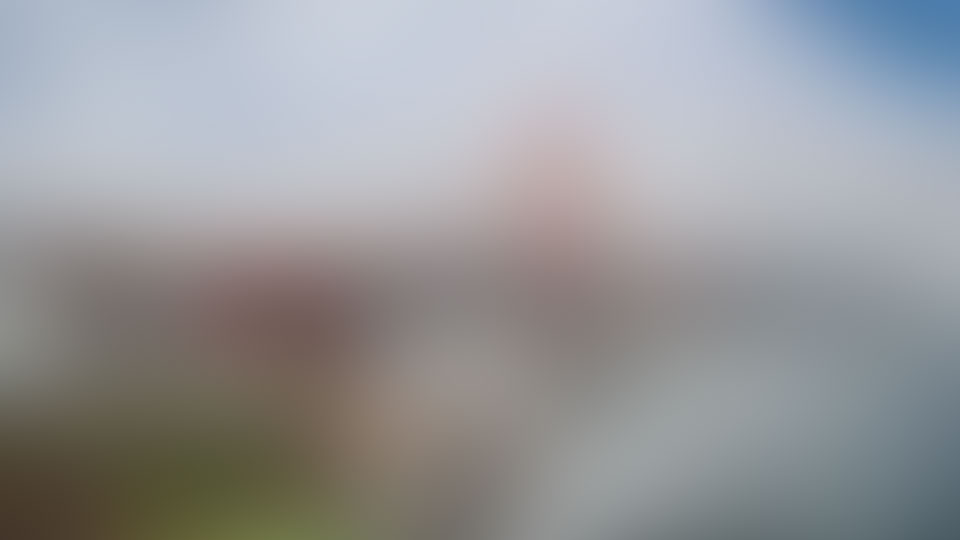Solan district, located in Himachal Pradesh, is a beautiful place and is also known as the Mushroom City of India because of the large-scale mushroom cultivation in the region. Located at an altitude of 1467 meters above sea level, Solan is known for its beautiful scenery. Dense forests and high mountains make the entire region a beautiful tourist destination. Situated at a height of 1986 meters, the Matiul peak is located to the east of the city and can be easily seen from the city center. To the north of the city is Karol Peak, which is the highest peak in the region. Solan is the base for walks of other hill stations like Kandaghat, Kasauli, Chail, and Dagshai. Human construction is less in this region because of dense forests, hills, and mountains. There is a cave at the base of Mount Karol. According to folklore, this is one of the cave where the Pandavas of the Indian epic Mahabharata stayed during their exile. The 1920 Irish Rebellion against the British Army was also formed in the region due to which the place gained historical importance. The rebellion broke out after the British killed two Irish soldiers, after which many rebel soldiers were sent to prison. Major tourist attractions of Solan are Yungdrung Tibetan Monastery, Sholoni Devi Temple, Gorkha Fort, and Jatoli Shiva Temple. Originally, Solan is an industrial city and home to some noted industries which contribute to the economy of the place. Some of the well-known industries here are Himalaya Pipe Industries, HFCL and Biometal Controls, etc.
History
The present district consists of the areas of the erstwhile princely states of Bhatak, Kunihar, Baghal, Kuthar, Mangal, Beja, Mahlag, Nalagarh, and parts of Kethal and Koti and hilly regions which merged with the erstwhile Punjab State of Himachal Pradesh on 1 November 1966. From 1803 to 1805 these states suffered onslaught of Gorkha invasion. In 1815 Britishers took it from Gorkhas and restored these to respective rulers. Before independence most of the small states were under the control of the superintendent of Shimla Hill States. This district came into existence on September 1, 1972. Solan Cantonment which was built in the 19th century is still a well-planned area. One building you should see is the church in the area, beautifully built with stone and wood carvings and arches that resemble other architecture.
Culture
Solan flourished under British rule and, therefore, much of its culture and architecture has similarities to British culture. Solan is home to many monasteries and temples which shows the prominence of religion. Parihana and Thodo dances are the two major dance forms practiced in Solan. With a touch of clove and red chili, Solan's people have spicy food. Solan's dishes are served on Askeaali, a traditional pot. Some of the dishes you want to try are Lushke, Pooed, Sidoo and Pachole.
Main attractions
1. Kuthar Fort: Kuthar Fort is considered a major tourist attraction of Solan district. The old structure of this fort is 800 years old while the new structure is 80 years old. This fort is in a very large area and tourists can see many freshwater springs here.
2. Majathal Sanctuary: Majathal Sanctuary is a famous wildlife sanctuary located in Solan district. Spread over an area of approximately 55,670 square kilometers, this wildlife center was declared a sanctuary for the first time in 1962. In 1974, the Government of Himachal Pradesh again notified it as a sanctuary. Various species of plants and animals are found in this sanctuary. However, it is famous for its Goral and beautiful pheasants. Goral is a small animal whose horns are cylindrical like goat's horn while pheasant is a bird with long tail. The animals found here are cheetah, black bear of the Himalayas, barking deer, Himalayan civet, wild cat, yellow neck mongoose, Indian wild bear, and langur etc. Rare birds such as the black francolin and the eastern white-backed vulture can also be seen in this sanctuary. Travelers can reach this sanctuary via Shimla-Bilaspur Road. As the direct transport facility is not available till this sanctuary, tourists have to stop at Kashlog which comes on Shimla Bilaspur Road and then have to walk from here to the sanctuary. The winter season is considered to be the best for visiting this sanctuary. Houses here are available as forest houses.
3. Nalagarh Palace: Nalagarh Palace is one of the main attractions of Solan district. Once Nalagarh city was the capital of the state of Hindur, this is the reason that the city is also called as the Gateway to Himachal Pradesh. Surendra Singh was the last king of Nalagarh and now his son King Vijayendra is the ceremonial head of this place.
4. Sholoni Devi Temple: The Sholoni Devi Temple is dedicated to the Hindu goddess Sholoni which is located in Solan district of Himachal Pradesh. This place attracts a lot of tourists due to its beauty and beautiful site scene. Every year a huge fair is organized here in the temple premises, which usually attracts tourists from abroad. Also, wrestling is another attraction of this fair.
5. Kuthar Fort: Kuthar Fort is also a big tourist attraction of Solan district. The old architecture of this fort is 800 years old while the new construction of the fort is 80 years old. This fort is in a very large area and tourists can see many freshwater springs here.

